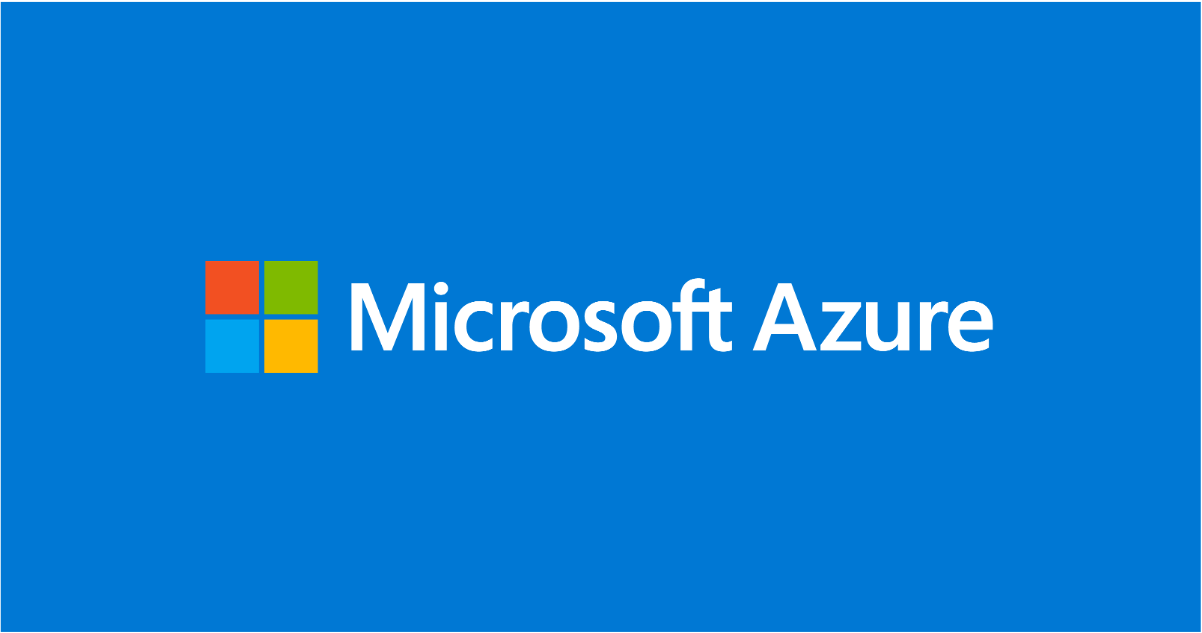Build your Web Apps faster with the Azure Cache for Redis: Quick Start Template

Are you a developer looking to quickly and securely spin up a Webapp with a database and cache? Look no further than the Azure Cache for Redis Quick Start Template, now available in the Azure Marketplace. This template allows developers to work across various databases and languages of their choice, making it easier than ever to get started.
The Quick Start Template is compatible with several popular programming languages, including **Java, .NET, Python, Go, PHP, and Node.js**. It also works with a variety of data services, such as **Azure SQL, Azure PostgreSQL, Azure MySQL, and Azure Cosmos DB for MongoDB**.
Azure Cache for Redis is a 1st party service that fully manages caching solutions based on open-source Redis, an in-memory data store that is commonly used for caching, message brokering, session management, and real-time data processing. The Quick Start Template lets you quickly and securely deploy an Azure Cache for Redis instance and connect it with your Webapp.
But that's not all - the Azure Cache for Redis also offers several advanced features, such as data persistence, clustering, load balancing, and geo-replication, which make it easy to scale and deploy Redis-based solutions across multiple regions and data centers. Azure Cache for Redis can be used effectively with other Azure services, such as Azure App Service, Azure Kubernetes Service, Azure Functions, and Azure Logic Apps, enabling developers to easily incorporate caching into their applications without having to manage infrastructure or worry about scalability and availability.
And if you're interested in learning more about the Azure Cache for Redis Quick Start Template, be sure to check out the upcoming Open at Microsoft episode that is all about this quick start template. The episode is hosted by Ricky Diep, Product Marketing Manager, and Catherine Wang, Senior Product Manager, and it's a great opportunity to see the template in action and learn from the experts. In the episode, there will be a demo showcasing how Catherine quickly spun up a python web app using Azure Cache for Redis with PostgreSQL that is used for restaurant reviews.
In addition to its ease of use and advanced features, the Azure Cache for Redis Quick Start Template has several practical use cases that can enhance the performance and functionality of your web applications. For example:
- Session Store: Storing user session data in Azure Cache for Redis can enhance web application performance by reducing the database server load, particularly beneficial for high-traffic or complex session data.
- Message Broker: Azure Cache for Redis can also serve as a message queue broker for background processing tasks, allowing web applications to offload time-consuming tasks to background workers while maintaining reliability and scalability.
- Distributed Caching: Implementing leaderboards, counters, or other real-time ranking systems can be achieved efficiently using Azure Cache for Redis, ensuring fast and accurate updates.
- Content Cache: For web applications serving dynamic content, you can cache HTML fragments, page components, or entire rendered pages in Azure Cache for Redis. This approach can help offload the web server and reduce the generation time of dynamic content.
- Cache-Aside is ideal for storing frequently accessed data like product catalogs, user profiles, or configuration settings. By caching this data in Azure Cache for Redis, you can reduce the latency associated with database queries. The Cache-Aside pattern is a smart caching strategy where the application itself is responsible for managing the cache. When a request for data arrives, the application first checks the cache. If the cache doesn’t contain the required data, the application retrieves the data from the primary data store, such as a database, and stores it in the cache for future use. This can improve performance and help maintain consistency between data held in the cache and data in the underlying data store.
So why wait? Head over to the Azure Marketplace and try out the Azure Cache for Redis Quick Start Template today!
TRY NOW
Resources
Published on:
Learn moreRelated posts
Automating Business PDFs Using Azure Document Intelligence and Power Automate
In today’s data-driven enterprises, critical business information often arrives in the form of PDFs—bank statements, invoices, policy document...
Azure Developer CLI (azd) Dec 2025 – Extensions Enhancements, Foundry Rebranding, and Azure Pipelines Improvements
This post announces the December release of the Azure Developer CLI (`azd`). The post Azure Developer CLI (azd) Dec 2025 – Extensions En...
Unlock the power of distributed graph databases with JanusGraph and Azure Apache Cassandra
Connecting the Dots: How Graph Databases Drive Innovation In today’s data-rich world, organizations face challenges that go beyond simple tabl...
Azure Boards integration with GitHub Copilot
A few months ago we introduced the Azure Boards integration with GitHub Copilot in private preview. The goal was simple: allow teams to take a...
Microsoft Dataverse – Monitor batch workloads with Azure Monitor Application Insights
We are announcing the ability to monitor batch workload telemetry in Azure Monitor Application Insights for finance and operations apps in Mic...
Copilot Studio: Connect An Azure SQL Database As Knowledge
Copilot Studio can connect to an Azure SQL database and use its structured data as ... The post Copilot Studio: Connect An Azure SQL Database ...
Retirement of Global Personal Access Tokens in Azure DevOps
In the new year, we’ll be retiring the Global Personal Access Token (PAT) type in Azure DevOps. Global PATs allow users to authenticate across...
Azure Cosmos DB vNext Emulator: Query and Observability Enhancements
The Azure Cosmos DB Linux-based vNext emulator (preview) is a local version of the Azure Cosmos DB service that runs as a Docker container on ...